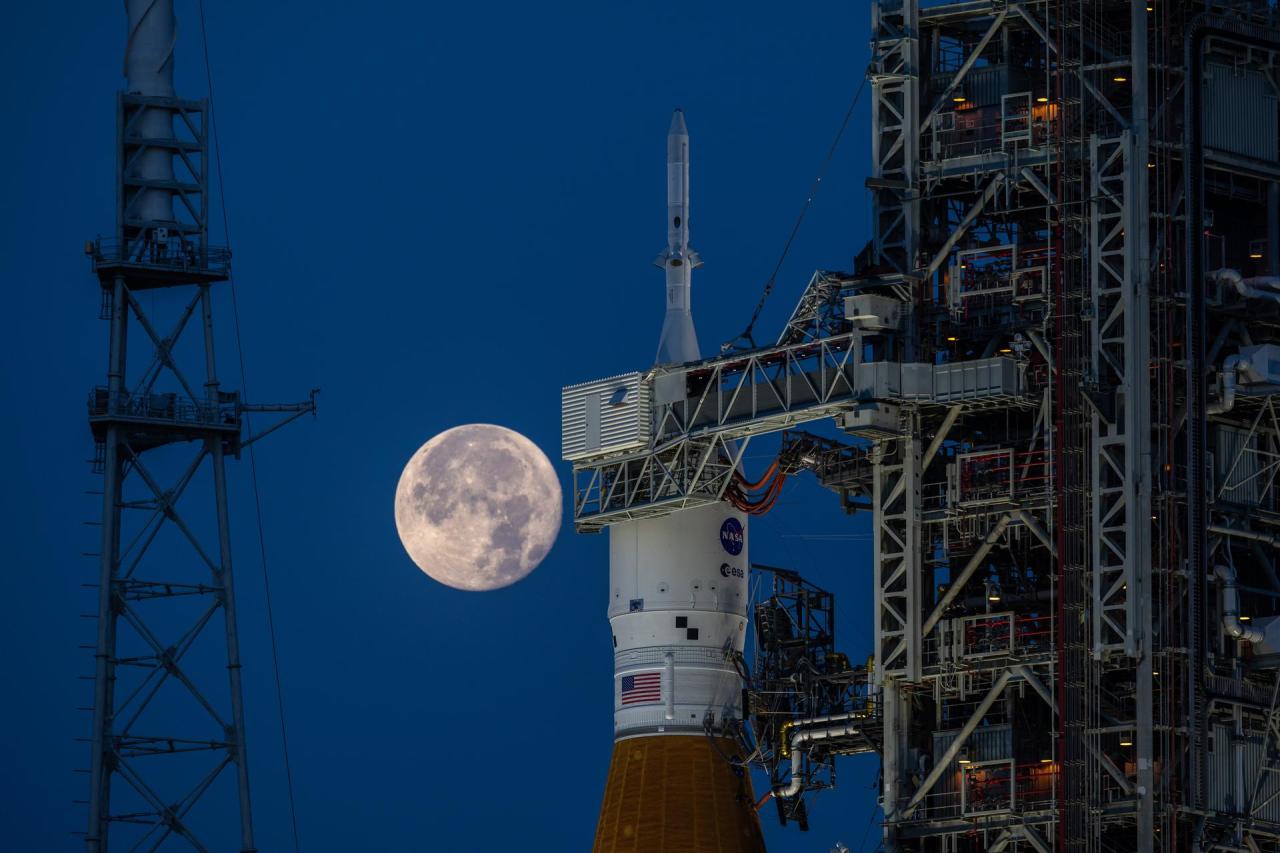 ALT
ALTOn November 14, NASA is set to launch the uncrewed Artemis I flight test to the Moon and back. Artemis I is the first integrated flight test of the Space Launch System (SLS) rocket, the Orion spacecraft, and Exploration Ground Systems at NASA’s Kennedy Space Center in Florida. These are the same systems that will bring future Artemis astronauts to the Moon.
 ALT
ALTStanding 322 feet (98 meters) tall, the SLS rocket comprises of a core stage, an upper stage, two solid boosters, and four RS-25 engines. The SLS rocket is the most powerful rocket in the world, able to carry 59,500 pounds (27 metric tons) of payloads to deep space — more than any other vehicle. With its unprecedented power, SLS is the only rocket that can send the Orion spacecraft, astronauts, and cargo directly to the Moon on a single mission.
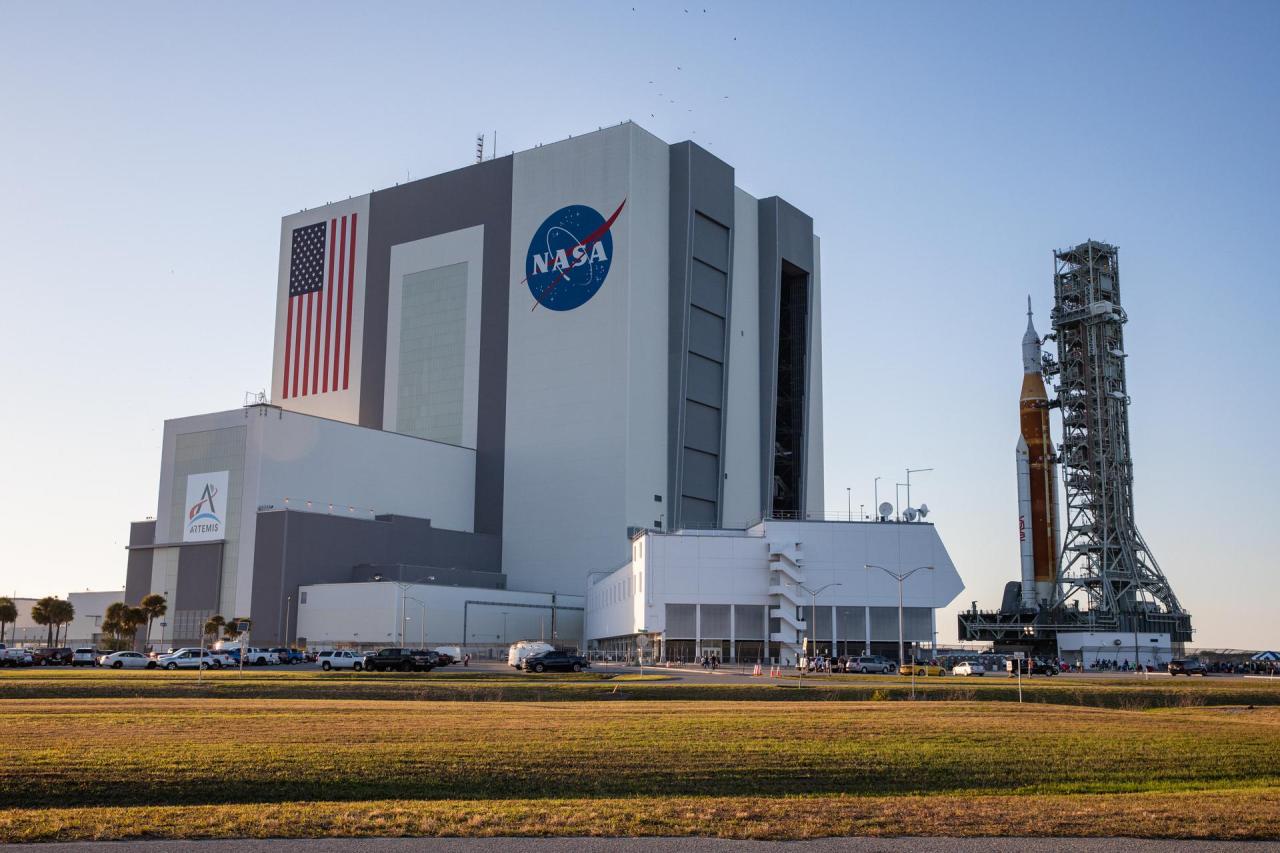 ALT
ALTBefore launch, Artemis I has some big help: the Vehicle Assembly Building (VAB) at KSC is the largest single-story building in the world. The VAB was constructed for the assembly of the Apollo/Saturn V Moon rocket, and this is where the SLS rocket is assembled, maintained, and integrated with the Orion spacecraft.
 ALT
ALTThe mobile launcher is used to assemble, process, and launch the SLS rocket and Orion spacecraft. The massive structure consists of a two-story base and a tower equipped with a number of connection lines to provide the rocket and spacecraft with power, communications, coolant, and fuel prior to launch.
 ALT
ALTCapable of carrying 18 million pounds (8.2 million kg) and the size of a baseball infield, crawler-transporter 2 will transport SLS and Orion the 4.2 miles (6.8 km) to Launch Pad 39B. This historic launch pad was where the Apollo 10 mission lifted off from on May 18, 1969, to rehearse the first Moon landing.
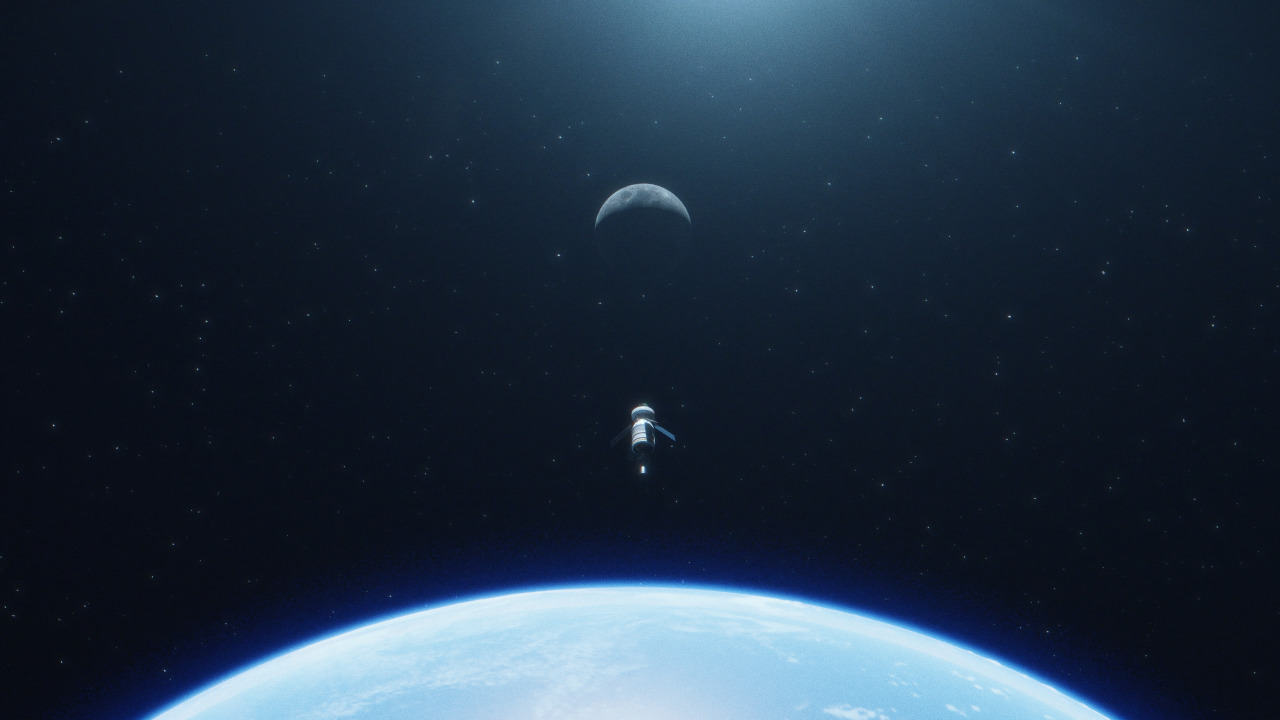 ALT
ALTDuring the launch, SLS will generate around 8.8 million pounds (~4.0 million kg) of thrust, propelling the Orion spacecraft into Earth’s orbit. Then, Orion will perform a Trans Lunar Injection to begin the path to the Moon. The spacecraft will orbit the Moon, traveling 40,000 miles beyond the far side of the Moon — farther than any human-rated spacecraft has ever flown.
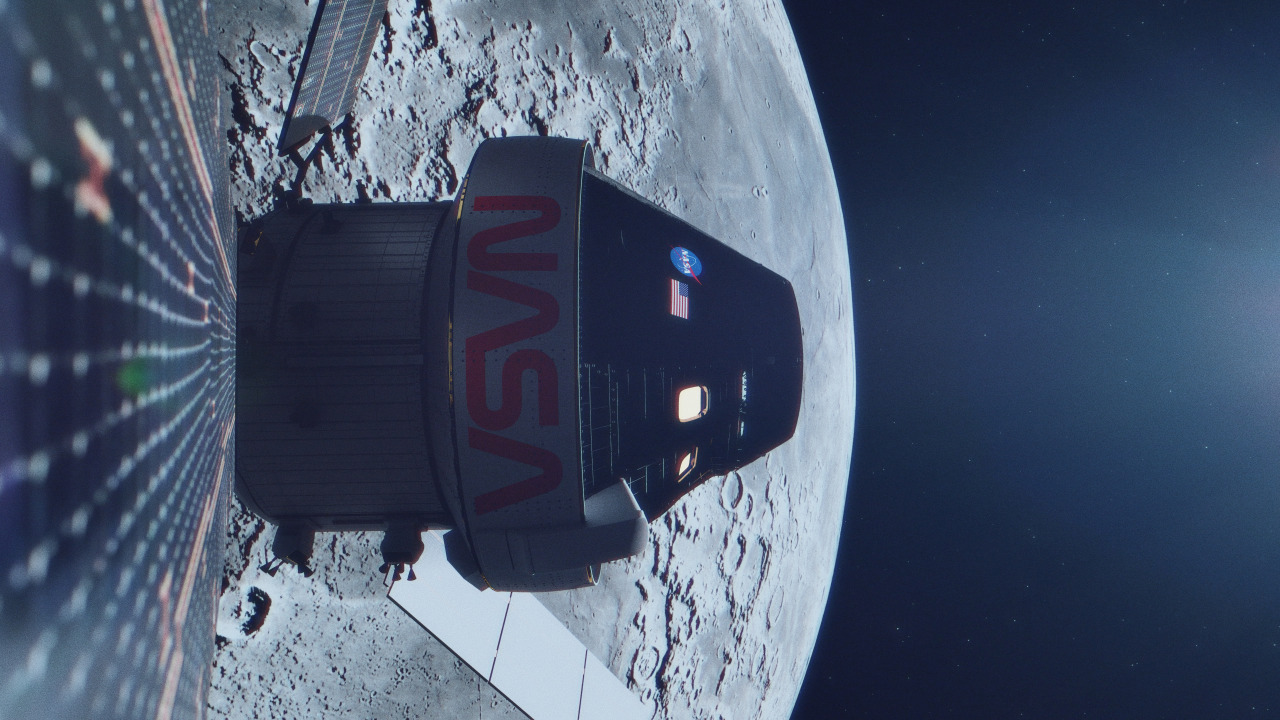 ALT
ALTThe Orion spacecraft is designed to carry astronauts on deep space missions farther than ever before. Orion contains the habitable volume of about two minivans, enough living space for four people for up to 21 days. Future astronauts will be able to prepare food, exercise, and yes, have a bathroom. Orion also has a launch abort system to keep astronauts safe if an emergency happens during launch, and a European-built service module that fuels and propels the spacecraft.
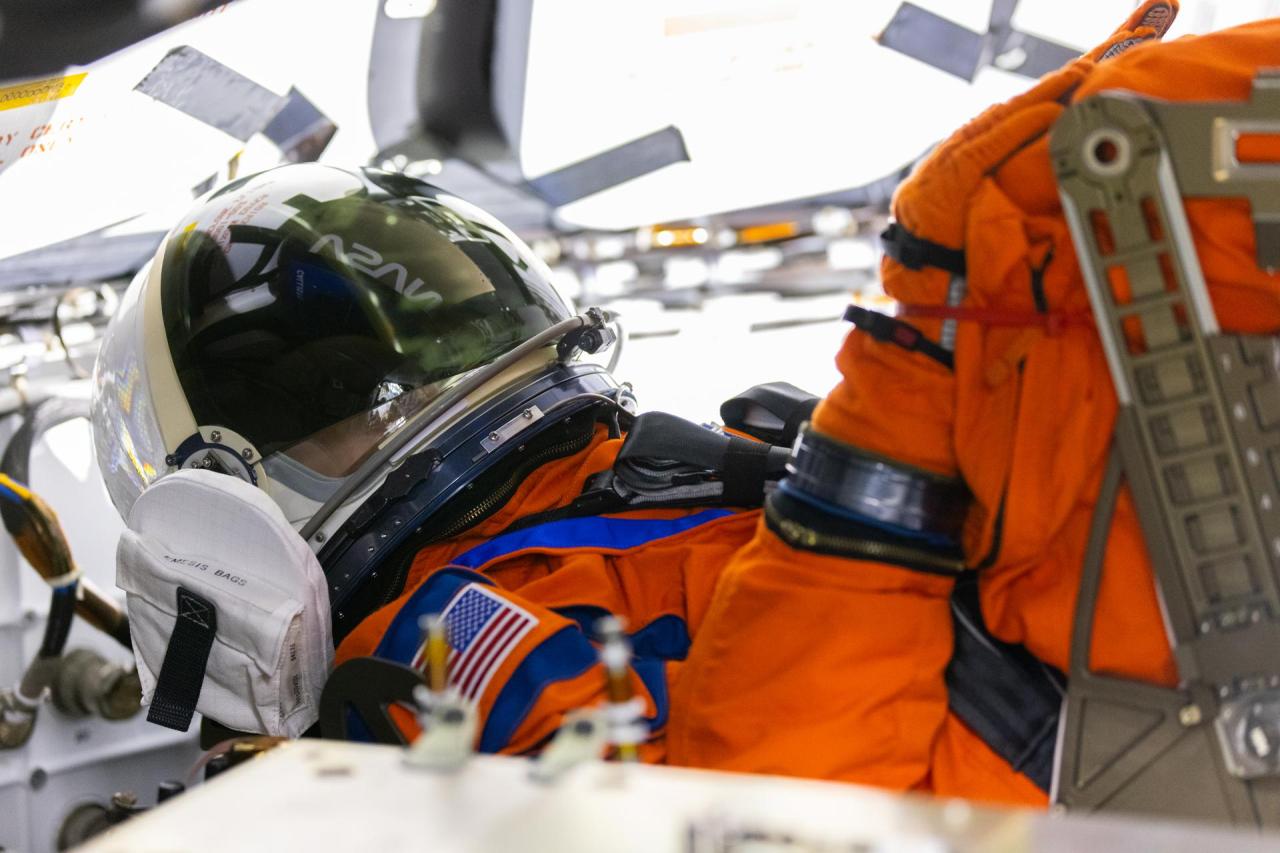 ALT
ALTWhile the Artemis I flight test is uncrewed, the Orion spacecraft will not be empty: there will be three manikins aboard the vehicle. Commander Moonikin Campos will be sitting in the commander’s seat, collecting data on the vibrations and accelerations future astronauts will experience on the journey to the Moon. He is joined with two phantom torsos, Helga and Zohar, in a partnership with the German Aerospace Center and Israeli Space Agency to test a radiation protection vest.
 ALT
ALTA host of shoebox-sized satellites called CubeSats help enable science and technology experiments that could enhance our understanding of deep space travel and the Moon while providing critical information for future Artemis missions.
 ALT
ALTAt the end of the four-week mission, the Orion spacecraft will return to Earth. Orion will travel at 25,000 mph (40,000 km per hour) before slowing down to 300 mph (480 km per hour) once it enters the Earth’s atmosphere. After the parachutes deploy, the spacecraft will glide in at approximately 20 mph (32 km per hour) before splashdown about 60 miles (100 km) off the coast of California. NASA’s recovery team and the U.S. Navy will retrieve the Orion spacecraft from the Pacific Ocean.
 ALT
ALTWith the ultimate goal of establishing a long-term presence on the Moon, Artemis I is a critical step as NASA prepares to send humans to Mars and beyond.
Make sure to follow us on Tumblr for your regular dose of space!
source: nasa.tumblr.com